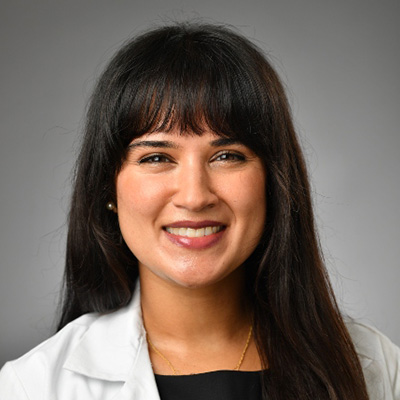Individuals with alcohol-related liver disease (ALD) are at an increased risk for death at a rate of roughly four times higher than the general population. Persons with cirrhosis are generally at greatest risk, and yet if they abstain from alcohol can survive for many years after diagnosis.
With the understanding that alcohol is known to be a risk factor for several cancers, including liver, kidney, breast, colorectal and others, it is realistic to consider that the risk of these cancers also would be elevated in persons with ALD. It is, however, conceivable that the long-term absolute rate of incident cancers is low given that many persons with ALD die from decompensated liver cirrhosis or other diseases before developing cancer.
With this in mind, an international multicenter team undertook a study to assess the long-term risk of cancer in patients diagnosed with ALD led by Hannes Hagström, MD, Karolinska University Hospital, Stockholm, Sweden, and Jonas F. Ludvigsson, MD, Professor, Department of Medical Epidemiology and Biostatistics, Karolinska Institutet, and Adjunct Professor of Medicine with the Department of Digestive and Liver Diseases at Columbia. Columbia investigators also included Rajani Sharma, MD, a specialist in gastroenterology and transplant hepatology; Jean C. Emond, MD, Chief of Transplantation; and Elizabeth Verna, MD, MS, Medical Director, Clinical Research, Transplant Initiative, Center for Liver Disease and Transplantation at NewYork-Presbyterian/Columbia University Irving Medical Center.
Drawing on data from the study cohort of the ESPRESSO (Epidemiology Strengthened by histoPathology Reports in Sweden), the researchers investigated the risk of cancer in 3,410 persons diagnosed with ALD by liver biopsy between 1969-2016 compared to a matched reference population. Median age of participants with ALD was 58.2 years and 67 percent of the cohort was male. The ALD population was followed for a median of 4.5 years.
Five histopathological subgroups were identified as:
- normal liver (had an ICD code for ALD, but had histopathological findings classified as normal)
- simple steatosis
- fibrosis or steatohepatitis
- cirrhosis – 2,042 individuals (60 percent)
- other findings
The research team did not include individuals with any other liver disease at or before baseline, as well as persons with any cancer except a non-melanoma skin cancer diagnosis on or before or up to 90 days after baseline.
The risk of hepatocellular carcinoma in our study was lower than in several previous studies, which calls into question the use of routine hepatocellular carcinoma surveillance in all persons with ALD cirrhosis and supports individualized decision making.
— Study authors, Clinical Gastroenterology and Hepatology, April 2022
The researchers considered two primary outcomes: any first cancer and first liver cancer of either HCC, intra- or extrahepatic cholangiocarcinoma, or gallbladder carcinomas. Secondary outcomes included hepatocellular carcinoma, upper gastrointestinal (esophagus-stomach), colorectal, lung, breast, mouth, pancreas, and renal-urogenital cancer.
Study findings, which were published in the April 2022 issue of Clinical Gastroenterology and Hepatology, included:
- ALD was not associated with cancer in general, however patients that survive the initial period after diagnosis of ALD did have an increased risk of incident cancer, primarily HCC, compared with matched reference individuals from the general population
- Risk of liver cancer was elevated – there were 157 cases (4.6 percent) of any liver cancer in the ALD population compared with 61 cases (0.4 percent) in the reference population
- The risk of any liver cancer was highest in persons with non-cirrhotic fibrosis and was also high in persons with cirrhosis
- Hepatocellular carcinoma incidence among persons with ALD cirrhosis was 8.6 cases/1,000 person-years
- Incident cancers were documented in 555 persons with ALD (16.3 percent)
This study has important implications. The researchers noted that the risk of hepatocellular carcinoma is particularly high not only in patients with ALD cirrhosis, but also in noncirrhotic fibrosis. But nevertheless, the risk was below the cost-effectiveness threshold for beginning hepatocellular carcinoma surveillance. Additionally, the findings do not indicate a recommendation for routine screening for other cancers except perhaps in men over 60 years of age with diabetes in which case surveillance might be beneficial.





